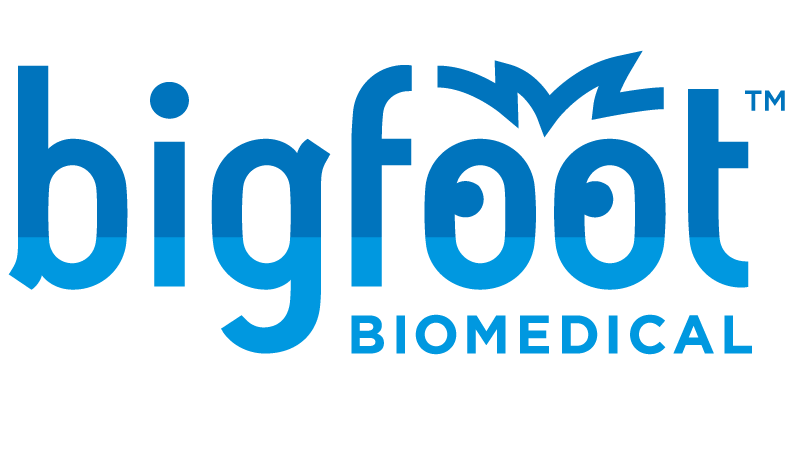Testing out unproven vaccines on yourself and broadcasting the experiment on Facebook Live—as the CEO of Ascendance Biomedical did at a recent biohacking conference in Austin—is the way to make a splash. Such a spectacle gets attention and starts a conversation.
But it won’t get innovative products to market faster, and it doesn’t count as progress toward making better treatments accessible to the people who need them.
There is no doubt that we need a faster, more efficient, more nimble process for bridging the gaps between patient needs to innovative concepts to approved products available broadly for the people who need them.
But to accomplish those things, medical technology innovators need to do more than seek attention and throw around the word “cure.” They need to work closely with the many stakeholders who turn great ideas into viable solutions that can help millions of people.
If you’re not doing that, you’re not really in the business of helping people.
I say this as a veteran and supporter of the DIY movement in medicine. My company, Bigfoot Biomedical, traces its roots back to the DIY Diabetes movement and the Nightscout Project. We got tired of waiting around for better systems to manage diabetes, so we built those systems ourselves.
We applaud anyone who wants to make better treatments available and who is willing to shake things up to get their point across. This is what we do at Bigfoot Biomedical, too.
The biohacking community could learn from DIY device-hacking veterans who have been down the public spectacle road before. We have partnered with the FDA and other stakeholders and are doing everything we can to help build a better regulatory framework for analyzing new innovations. We want our treatments to be available to everyone, not just those with advanced coding or chemistry skills.
We have run simulation models to generate additional data about our treatment systems and have proactively addressed issues like device security and software updates. We’ve incorporated patient-reported outcomes as clinical-trial endpoints so we can get more information on how our system improves patients’ lives. We do these things because we want to give regulators the tools they need to make informed decisions and to make those decisions without delay.
The FDA is trying to embrace digital health, gene therapy, and other breakthroughs, but it’s up to us to help them do that. We can help regulators cope with the speed of innovation by building a regulatory system that is fair, efficient, and consistent.
We’ll never accomplish that if we try to cut government and payer stakeholders out of the loop.
Self-testing new treatments in front of a live audience while promising a cure may be a way to get headlines and start a conversation, but it doesn’t amount to helping people. It reduces legitimate, promising experimentation and creative out-of-the-box thinking into a reckless publicity stunt.



